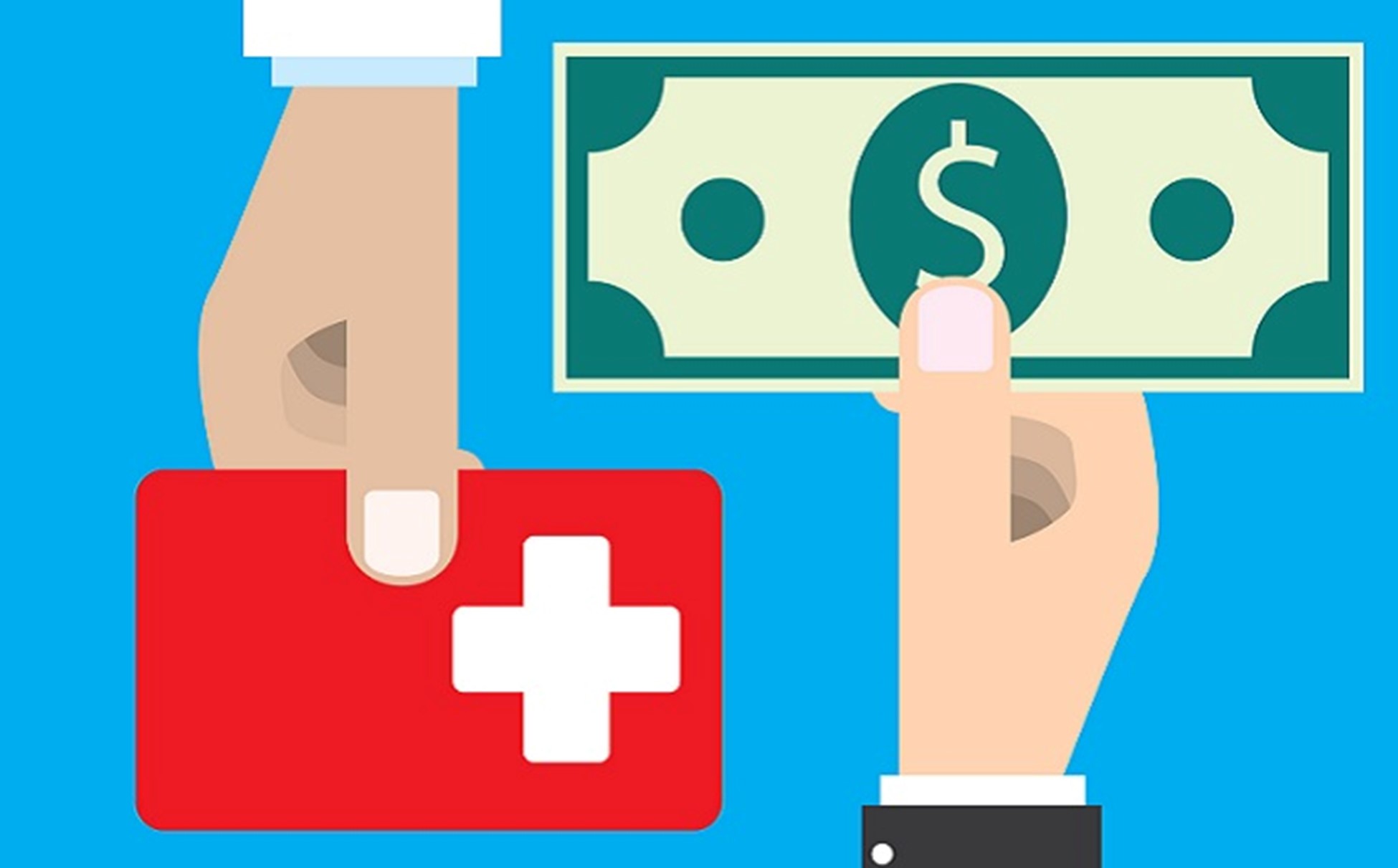CMS Price Transparency Mandate: Is Your Health System Ready?

By: Jeff Berenholtz, MHA, PMP
2021 is almost here and what is the big item on healthcare organizations’ minds? The Centers for Medicare and Medicaid Services (CMS) Price Transparency mandate and whether or not their institutions will be in compliance.
While the cost of preparation is high, both in terms of time and money spent, the reward could be highly impactful. Not only will properly investing in resources, technology, and innovation to drive price transparency support compliance, it could increase an intangible that is even more powerful – trust. Here is what health systems and organizations need to know regarding the background and current ruling, CMS’s goals , and implications on healthcare systems and their patients.
CMS-9915 Background
In July 2019, the president issued an executive order (EO) in support of healthcare price transparency, CMS-9915. The order focused on patient empowerment, ensuring every American knows how much healthcare services cost to make value-conscious decisions prior to receiving treatment. The ruling will provide real-time price information requiring both individual and group markets to publicly disclose healthcare provider rates in an effort to drive down healthcare costs.
Specifically, this mandate for hospital-based services supports healthcare consumers in two ways: “As a comprehensive machine-readable file with all items and services” and “In a display of shoppable services in a consumer-friendly format.” The first speaks to a digital file including standard charges for all services such as:
- Gross charges
- Discounted cash prices
- Payer-specific negotiated charges
- De-identified minimum and maximum negotiated charges
In other words, charges at face value prior to any payer discounts, in addition to pre-negotiated charges between the healthcare organizations and payers to ensure patients have holistic pricing criteria.
The executive order goes into effect starting January 1, 2021, with the primary goals to:
- Provide patients with visibility and understanding of the total cost of healthcare prior to receiving services
- Provide financial transparency on healthcare institutions to facilitate increased market competition
- Drive increased trust between healthcare organizations and patients to support higher quality and lower costs
Mandate Concerns
Surely healthcare organizations have concerns, including the privacy of their financial data. After all, healthcare systems will now be required to publicly disclose their pre-negotiated rates with insurance payers. There is concern that this will potentially hurt both competitiveness in local markets and could impact future price negotiations with payers.
Additionally, systems have already spent heavily on resources in preparation. The Centers for Medicare and Medicaid Services (CMS) estimates that since the EO was enacted organizations have spent 150 hours/organization and $11,898.60/organization to prepare for this mandate. As for tools, do you have the right technology in place to support a streamlined approach to patient access? Will the technology include the ability to run insurance eligibility on-demand as well as provide considerations for self-pay patient discounts?
Benefits
There are significant benefits, and it all starts with your patients. They will now be aware of the cost of healthcare prior to receiving services in a way that is public, free of charge and provided in a consumer-friendly format. The more clarity and visibility into the cost of their care, the more prepared consumers can be ahead of their visit. Or in other words, the more realistic and less surprising the cost, the more organizations can expect to receive payment, even if only in partial payments at the point of care (POC). Patients will be better prepared when it comes to financial planning and in a better position to request financial assistance prior to receiving services. This provides your consumers with stronger decision-making and the targeted ability to select your organization. Ultimately, this should support greater value (ROI) and your ability to increase collection percentages.
Advice
With only a few weeks to go before the advent of this mandate, here are several steps your organization can take now:
- Clarify your organization’s pricing strategy to increase market competitiveness
- Convene a multidisciplinary workgroup to support electronic integration of your existing workflows and processes
- Consider your marketing strategy to include a multi-channel approach for higher inclusion
- Grow patient access and customer satisfaction to ensure a seamless, end-to-end experience
- Review your Charge Description Master (CDM) and ensure all service rates are up to date
- Invest in simplistic and effective patient education tools to increase brand awareness
- Find the right partners to support your organization’s strategic, technological, and financial growth and development
Like numerous other changes to healthcare policy, price transparency comes with a cost. But if your organization does their due diligence, adequately reviews their strategic position in your market, and takes action to increase the viability of your brand awareness there are significant gains to be had in the long run.
Resources used:
- Hospitals | CMS
- Pricing Transparency in Healthcare: Readiness for Jan. 1, 2021, and Beyond | Blog | American College of Healthcare Executives (ache.org)
- Federal Register: Medicare and Medicaid Programs: CY 2020 Hospital Outpatient PPS Policy Changes and Payment Rates and Ambulatory Surgical Center Payment System Policy Changes and Payment Rates. Price Transparency Requirements for Hospitals To Make Standard Charges Public
- 75% of Patients Look at Price Transparency Ahead of Care Access (patientengagementhit.com)